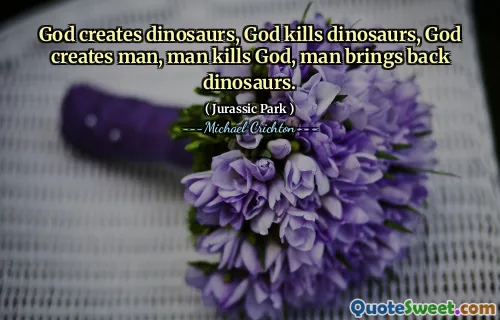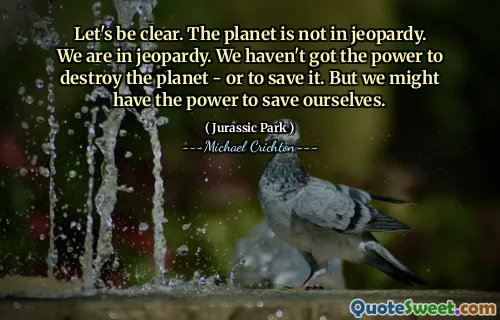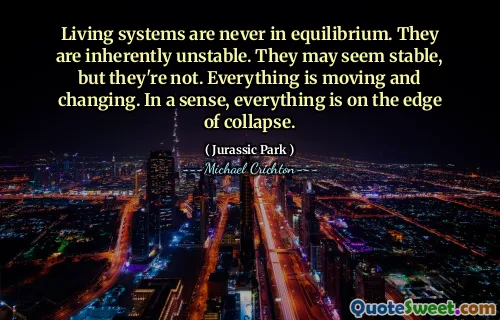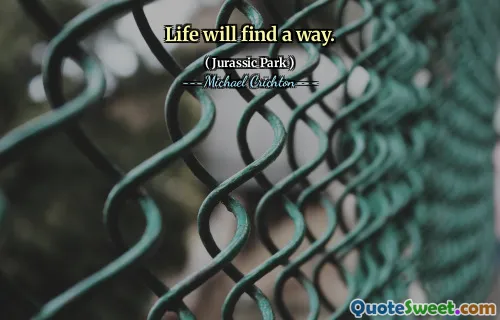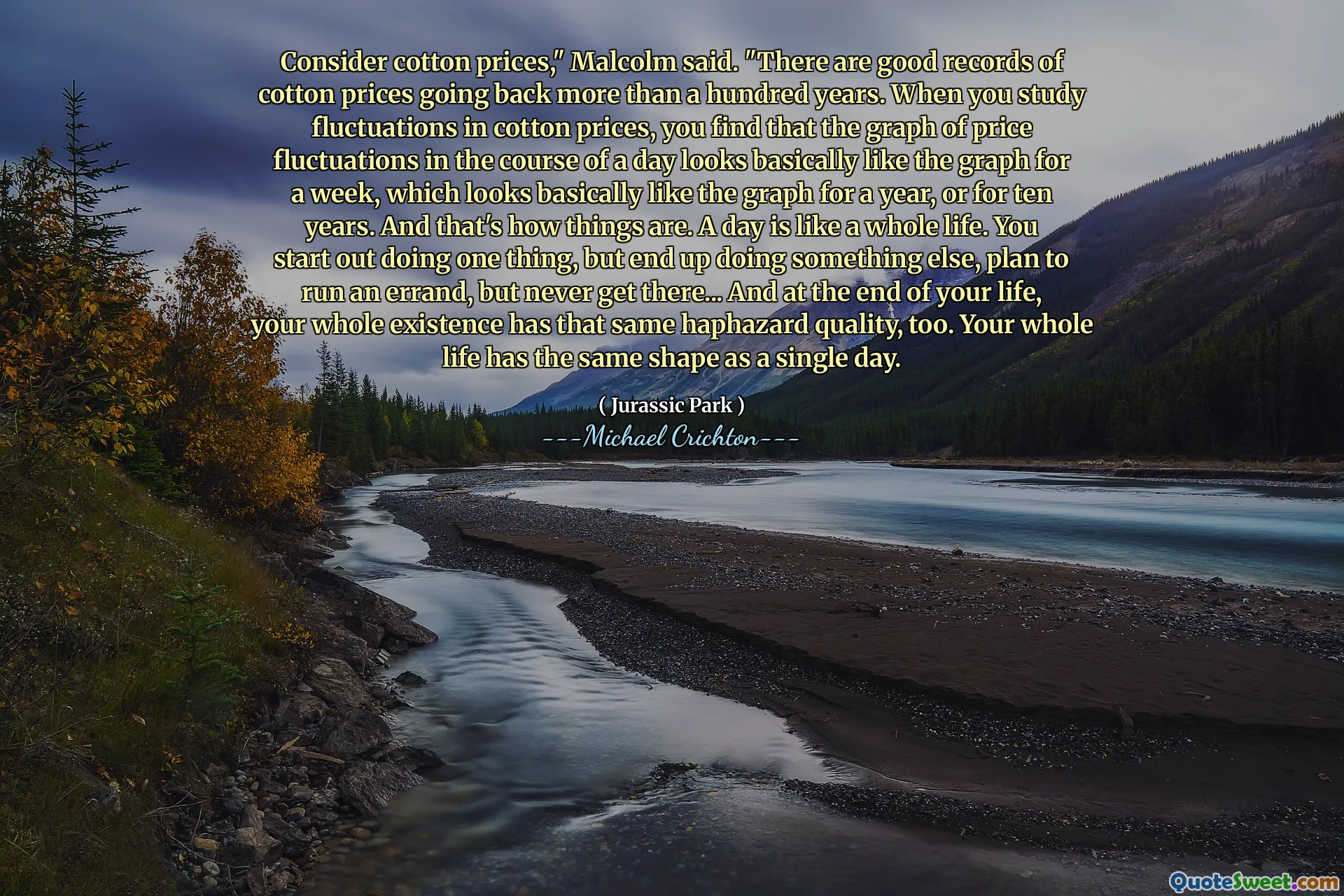
马尔科姆说:“考虑棉花价格。当您研究棉花价格的波动时,您会发现一天中的价格波动的图基本上像该图一周的图表,它基本上看起来像该图一年或十年。事物就是这样。一天就像一生。您开始做一件事,但最终要做其他事情,计划跑步,但永远不会到达那里……在您的生活结束时,整个生存也具有相同的偶然质量。您的一生的形状与一天相同。
(Consider cotton prices," Malcolm said. "There are good records of cotton prices going back more than a hundred years. When you study fluctuations in cotton prices, you find that the graph of price fluctuations in the course of a day looks basically like the graph for a week, which looks basically like the graph for a year, or for ten years. And that's how things are. A day is like a whole life. You start out doing one thing, but end up doing something else, plan to run an errand, but never get there... And at the end of your life, your whole existence has that same haphazard quality, too. Your whole life has the same shape as a single day.)
在迈克尔·克里顿(Michael Crichton)的“侏罗纪公园”中,马尔科姆(Malcolm)的角色比较棉花价格的波动与生活的不可预测性。他观察到,价格趋势在不同的时间范围内(无论是每天,每周还是每年)都互相介绍,表现出混乱的模式。这个想法反映了日常体验的本质,其中一个从意图开始,但最终可能与他们的原始计划有所不同。
马尔科姆(Malcolm)表明,生活反映了这种日常不可预测性。就像一天可能偏离其最初的目的一样,整个生命的特征也是不可预见的变化和缺乏对环境的控制。最终,他暗示,一天和充实的生活都具有混乱的结构,意图和结果可能会大大差异,从而导致存在和经验的随机感。
